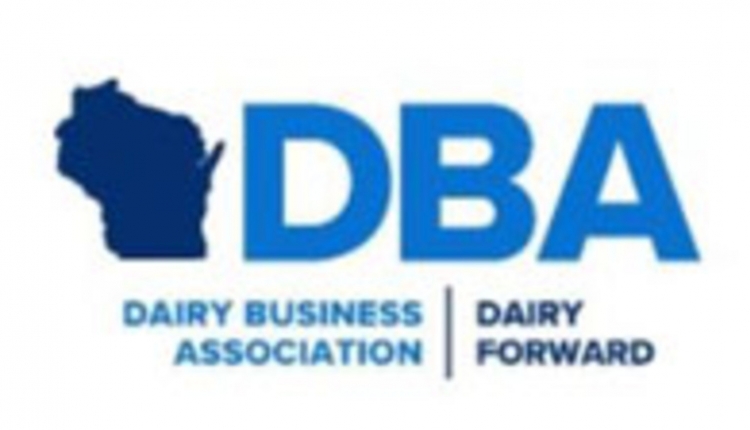Talking about the federal budget for FY (fiscal year) 2012, which runs from next October to September 2012, seems a little like getting the cart before the horse. After all, Congress still is trying to work out budget details for the current fiscal year. In other words, the country is being run without a current budget in place. It will be interesting to see how that all plays out. There are threats of a possible shutdown of government tomorrow if some agreement isn't reached.
But the battle lines we're talking about here are for the next fiscal year (FY 2012). We now know more about the two major budget proposals . . . that of the Obama Administration and that from Paul Ryan (R.-Wis), chair of the House Budget Committee. Not surprisingly, there are big differences of opinion. And the big differences apply to agriculture as well as most other budget categories.
In a summary published yesterday in the Wall Street Journal, the bottom line was that both budgets involve reducing direct payments to farmers and crop insurance subsidies. The big difference was in the amount of the reduction. The Obama plan would cut $4 billion over 10 years. The Ryan plan would cut $30 billion over 10 years.
Of course, what Congress comes up with most probably will be someplace in between the two proposals. And it may be well into FY 2012 before the budget is finalized.
There are big implications for the dairy industry and all of agriculture in this. First and foremost, how can you write a farm bill when you don't know how much money you're going to have? Also, how much money will be available for dairy programs? There have been concerns that the margin protection portion of the National Milk Producers Federation Foundation for the Future (FFTF) plan would be too costly. However, National Milk expects that the treasury savings from discontinuing the dairy price support program and the MILC program would be enough to fund the FFTF proposal.
One concern we have is that both budget camps are looking at record commodity prices and record net farm income and thinking everything is wonderful in agriculture. They say, "A time when people are making a lot of money would be a good time to ratchet down direct payments and other subsidies." Well, of course, things are not so rosy for those of us who buy the commodities to make milk and meat. Somebody needs to get that message to budget writers.
It could be many months - possibly a year or more - before we see any clear direction on the federal budget of the future and what kind of agriculture/dairy policy directions our industry takes. It will be a long, bumpy, and frustrating ride!








